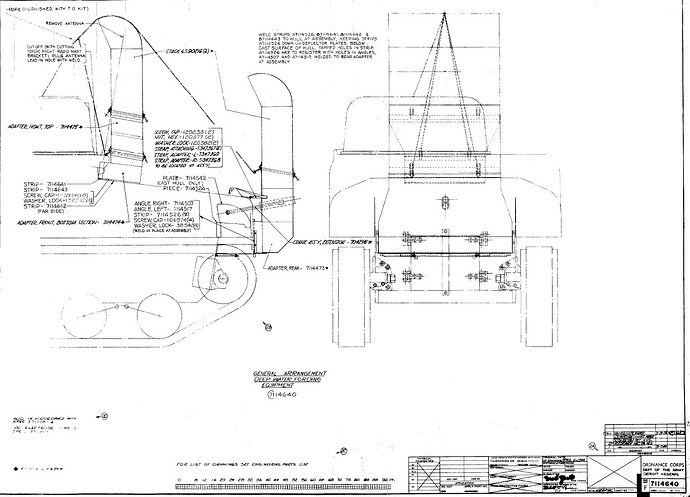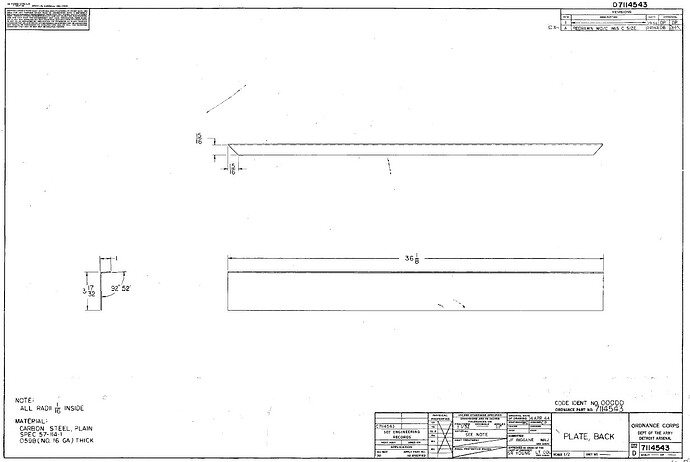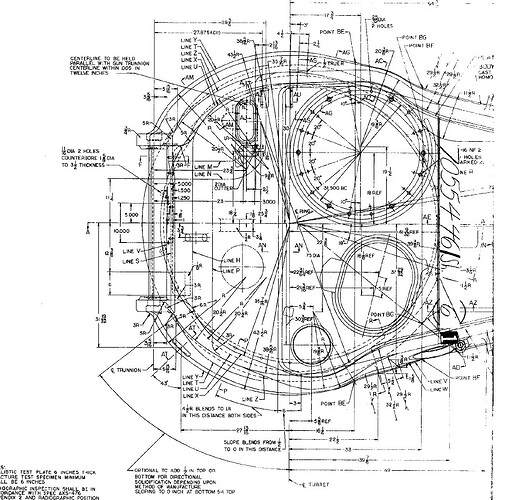The Army doesn’t have an archive of drawings, or most documents. The US National Archives and Records Administration (NARA) is responsible for holding documents of this period. However, the documents must have been given to them in the first place. The vast majority were not.
Technical documentation like drawings was created by a large number of organizations. Some of them kept their drawings, some didn’t, some were transferred, some were sent to NARA. Fording gear was developed by Ordnance Tank-Automotive Command so it would’ve been kept by them, if anywhere. Much of what they had from that period was transferred to the MVPA. They don’t have it cataloged, and don’t have it available to the public.
People must also come to grips with the concept of how drawings are organized. In this case, there will be a drawing showing how the stacks are installed on a tank. It will refer to other drawings that depict the intake stack assembly, the exhaust stack assembly, the adapter assemblies, and so on. The installation drawing will not have any useful dimensions for us. The assembly drawings (all separate drawings) are unlikely to have many dimensions useful to us, and will not have dimensions or material thicknesses of the parts going into the assembly. The assembly drawings will reference subassembly and part drawings, and subassemblies will reference part drawings. That’s where you’ll get dimensions, but typically only for a single piece of metal. So, between this:
and something like this:
there are a LOT of drawings, an incomprehensible number of drawings to most people. And many of the links in the chain are missing, so the path from Part G to Assembly M can’t be determined. And if you are not an engineer, drafter, machinist, etc., you’ll probably never figure them out.
I’m sorry, it took me a few minutes to recover after guffawing over this and falling out of my chair.
No. They will show how things work, fit together, and come apart. They don’t have design information.
For the most part.
Some times. A little. Another thing to remember is that real objects are made of many dimensions, some of which locate objects in space or are inaccessible on the assembly. For example:
This is one half of one sheet of the drawing that defines a turret shell casting. Do you think it’s going to be possible to measure enough places on a preserved vehicle (assuming one exists) to make an “accurate” model?
They didn’t. You are fooling yourself if you think they did. By far, they make something that sorta looks likes the pictures and fits onto an existing model. If that model is wrong, the aftermarket is made to it, not to correct dimensions.
KL


